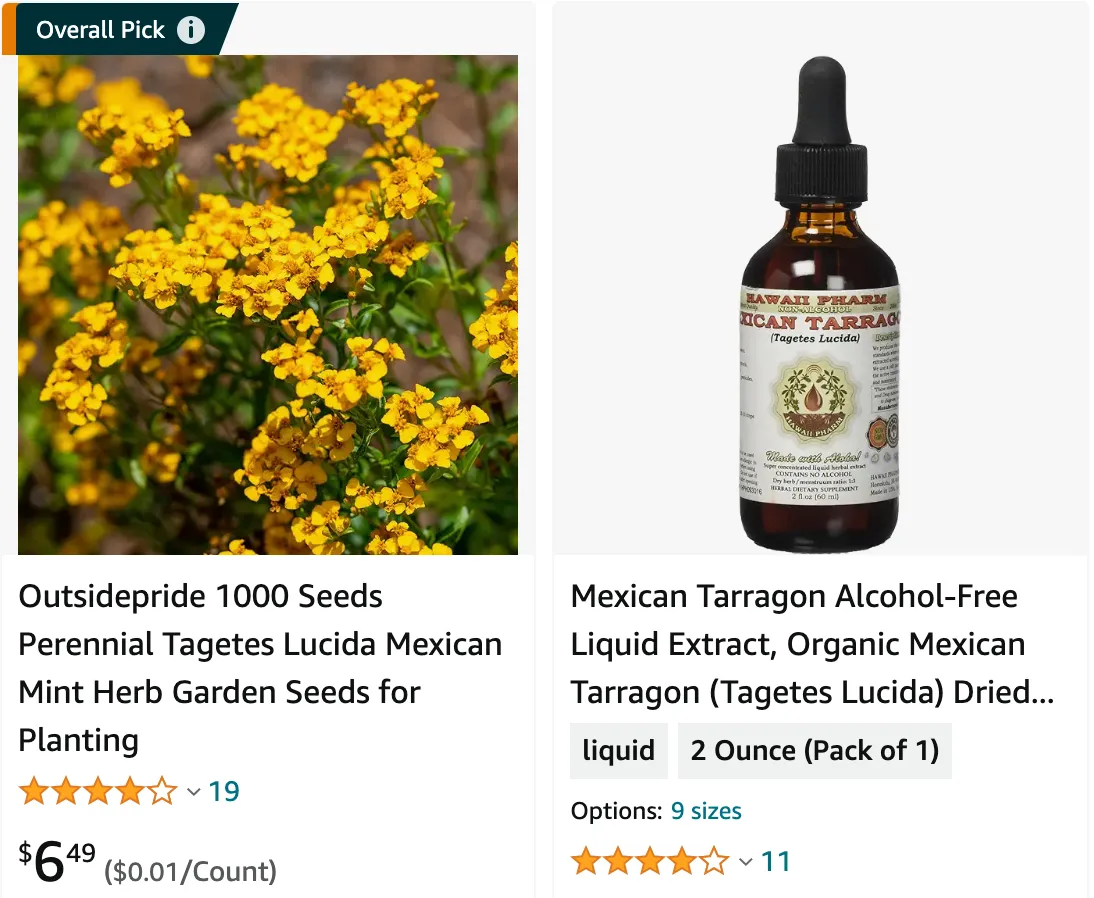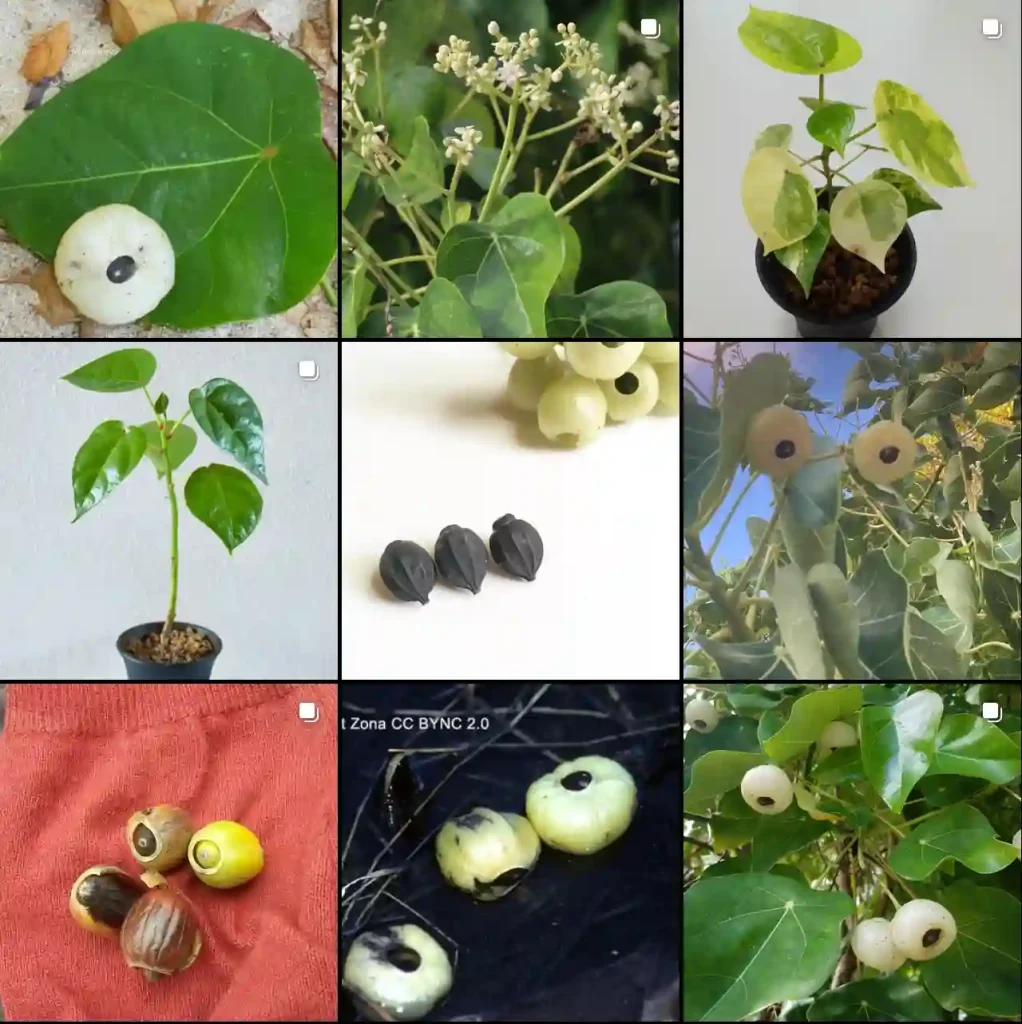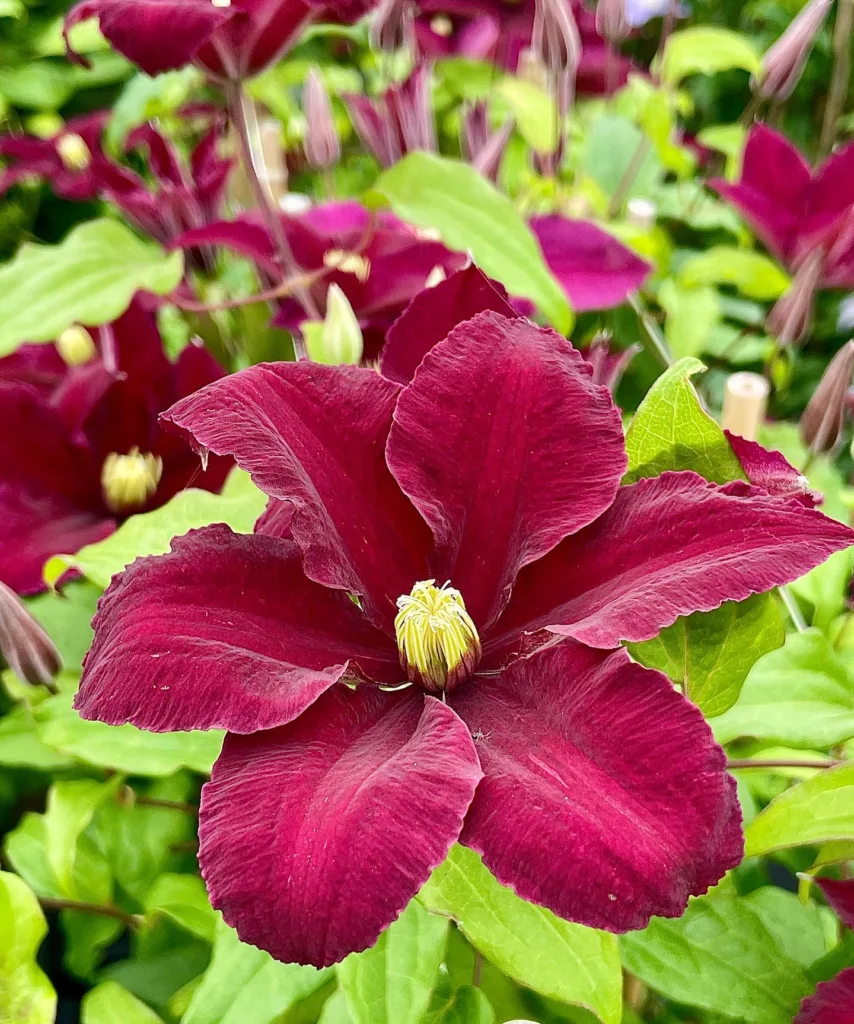
Unveiling the Allure of Tagetes Lucida: From Fragrant Herb to Garden Gem
Tagetes lucida, often called Mexican Tarragon, has become a fascinating resident in my herb garden. Its journey from a botanical curiosity to a culinary and aromatic delight has been a rewarding experience. Today, I want to share this newfound love with you, unraveling the secrets of Tagetes lucida and how you can cultivate its magic in your own space.
50 Species in Genus Tagetes
What is Tagetes Lucida?
A member of the Asteraceae family, Tagetes lucida hails from the sunny climes of Mexico and Central America. Unlike its flamboyant cousins, the marigolds, Tagetes lucida boasts a subtler beauty. Its ferny, green foliage holds the true treasure – a delightful aroma that dances between tarragon, anise, and a hint of citrus. This unique fragrance has earned it a place in both the culinary and herbal worlds.
How to Grow Tagetes Lucida?
Growing Tagetes lucida is a breeze, perfect for novice gardeners like myself. Here’s what you need to know:
- Sun and Soil: This herb thrives in full sun, but can tolerate some afternoon shade in hotter climates. Well-drained soil is key – think sandy loam or add some perlite to your potting mix if needed.
- Planting: Start seeds indoors 6-8 weeks before the last frost. Seeds germinate readily in warm soil. Alternatively, look for seedlings at your local nursery in late spring or early summer. Space plants about 12-18 inches apart.
- Watering: Water regularly, especially during hot spells, allowing the soil to dry slightly between waterings. Avoid soggy conditions.
- Feeding: While not essential, a light feeding with a balanced organic fertilizer every few weeks can encourage lush growth.
How Do I Care for Tagetes Lucida?
Tagetes lucida is a low-maintenance herb. Here are some simple tips to keep your plant happy:
- Deadheading: Regularly pinch off spent flowers to encourage new growth and prolong the flowering season.
- Pruning: Prune lightly throughout the growing season to maintain a bushy shape and encourage new growth.
- Winter Care: In colder climates (zones below 8), Tagetes lucida is typically grown as an annual. However, you can try overwintering it indoors in a sunny location. Reduce watering and keep the soil barely moist.
How to harvest and use Tagetes Lucida?
The aromatic leaves of Tagetes lucida are the star of the show. You can harvest them throughout the growing season, snipping off individual leaves or entire stems as needed. Here are some ways to enjoy this versatile herb:
- Culinary Delights: Fresh leaves add a unique twist to salads, soups, stews, and poultry dishes. The subtle anise and tarragon notes complement fish and seafood beautifully.
- Infused Magic: Steep fresh leaves in hot water to create a fragrant and calming tea. You can also add a sprig to vinegar or oil for a flavorful infusion.
- Aromatic Enhancement: Toss a handful of leaves into your compost pile to add a pleasant fragrance and deter pests.
Important Note: While Tagetes lucida is generally considered safe, excessive consumption may cause stomach upset. Use it in moderation, especially if you are new to this herb.
Beyond the Basics: Companion Planting and Propagation
Tagetes lucida is a welcome addition to any herb or vegetable garden. Its pungent aroma can help deter some pests like aphids and whiteflies. Consider planting it alongside tomatoes, peppers, and eggplants for a mutually beneficial relationship.
Propagation of Tagetes lucida is a straightforward process. You can collect seeds from mature flower heads and sow them directly in the garden in late spring or early summer. Alternatively, take softwood cuttings in the spring or early summer, dip them in rooting hormone, and plant them in pots filled with moist potting mix.
With a little care and attention, Tagetes lucida will reward you with its captivating fragrance, culinary versatility, and a touch of Mexican sunshine in your garden. So, why not embark on this herbal adventure and discover the magic of Tagetes lucida for yourself?
If i die, water my plants!



